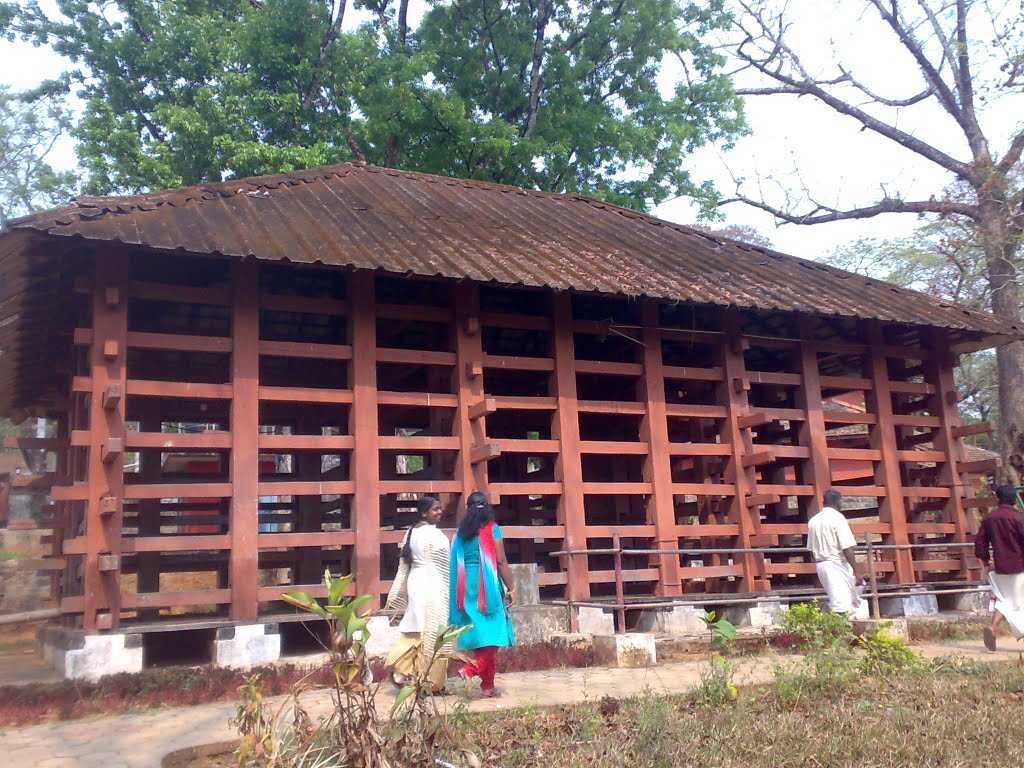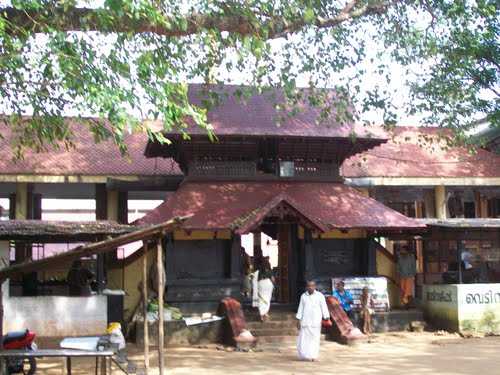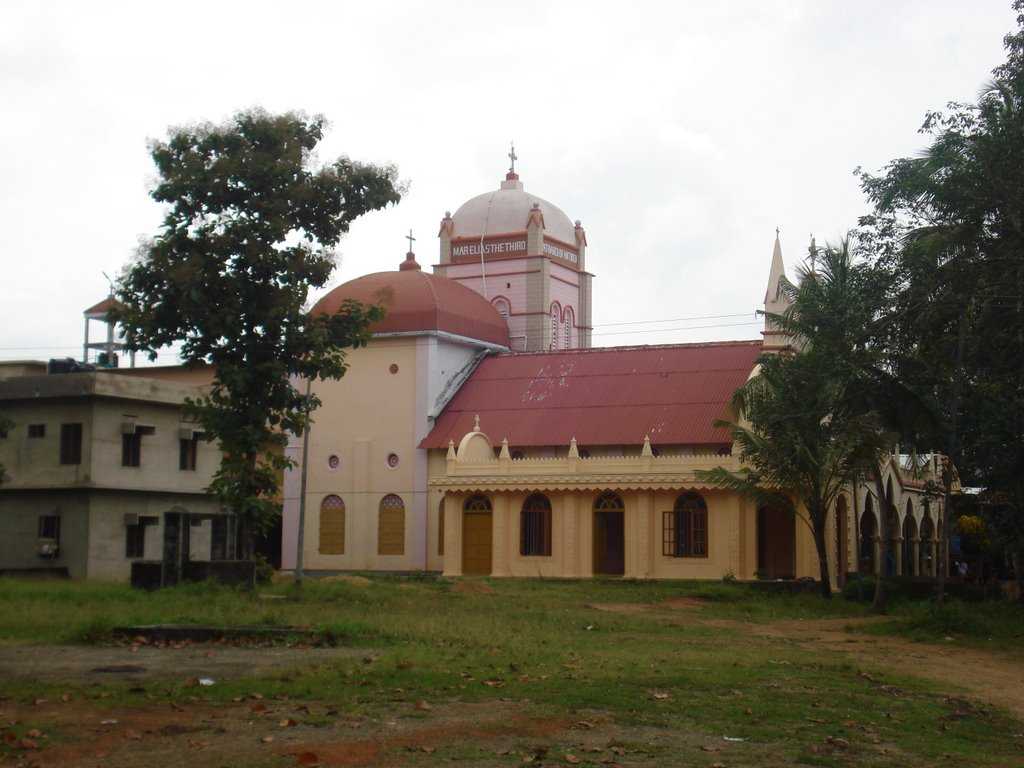Complete Guide about Sri Vallabha Thiruvalla Temple
-
Location
Sree Vallabha Temple Mathilbhagom Sree Vallabha Temple, Kizhakummuri, Road, Thiruvalla, Kerala 689102
-
Timings
Every Day
04:30 AM - 12:00 PM
05:00 PM - 08:00 PM -
Entry Fee
Free Entry
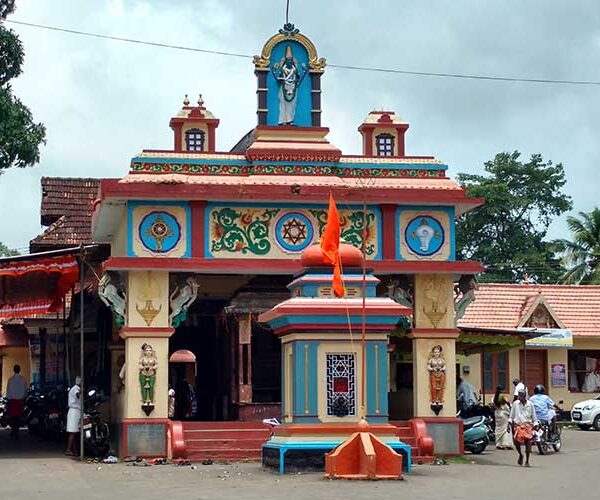
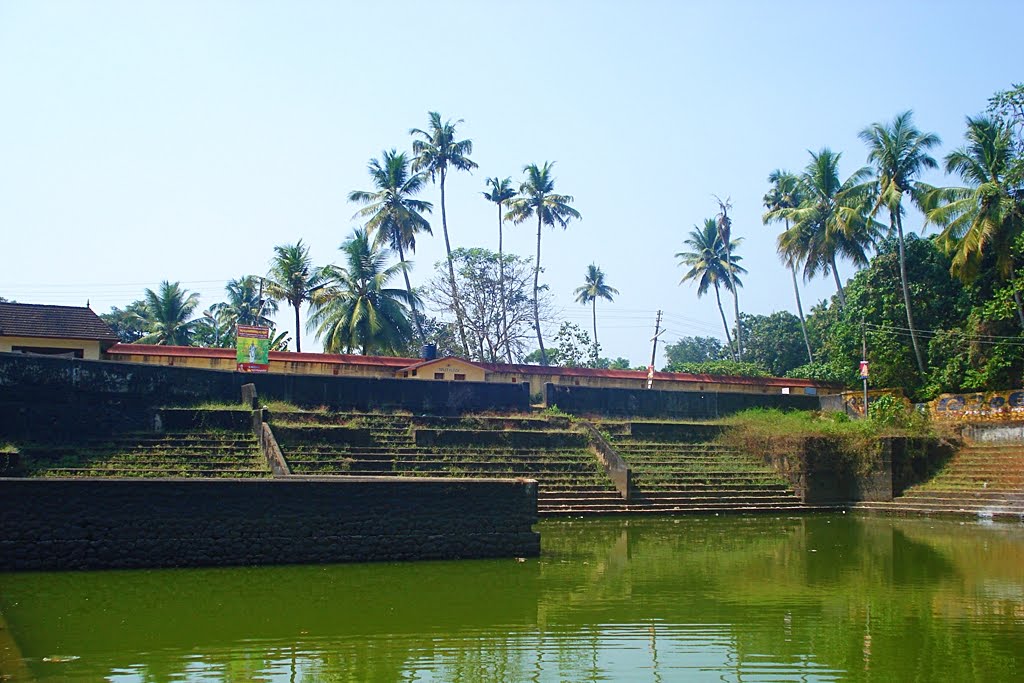
Sri Vallabha Thiruvalla Temple
About and History of Sri Vallabha Thiruvalla Temple
One of the oldest and largest temples in Kerala, Sreevallabha Temple is a highly orthodox Hindu temple dedicated to Purusha as Lord Sreevallabhan and has drawn pilgrims from all over India for centuries. This ocean of orthodoxy, which is situated in Thiruvalla city, is well known for its magnificent architecture and distinctive customs that are not present in any other temples. The temple’s interior features beautiful mural paintings and stone-and-wood carvings that are worth seeing. Sreevallabha Temple, one of the 108 Divya Desams, has been praised by Alvars and numerous other ancient works. It is believed that this is the Vallabha Kshethram that is mentioned in the Matsya Purana and the Garuda Purana.In terms of locations in India where Kathakali is performed on the most days per year, the temple, where it is performed daily as an offering, tops the list. For the benefit of Sage Durvasa and Khandakarnan, Lord Vishnu appeared here as Sreevallabhan. Sreevallabhan took on the form of a brahmachari and killed the demon Thokalaasuran in response to the prayers of an elderly Brahmin woman. In 59 BC, the temple received the Sreevallabhan deity that Lakshmi and Krishna later installed. Since that time, the temple has maintained a unique method of worship that has as of yet been observed nowhere else.Every midnight, according to legend, Sage Durvasa and Saptarishi are said to arrive at the temple to worship the Lord. In ancient times, the temple oversaw one of the largest educational institutions and made significant contributions to Kerala’s cultural and educational advancements.
One of the earliest human settlements in India, the present-day Thiruvalla was once one of the 64 Namboothiri villages in Kerala. Due to its location at the Manimala River’s (valla river) mouth, this location was formerly known as “vallavai” before becoming “thiruvalla.” Historical evidence suggests that humans had already been living there by 3000 BC. According to the Thiruvalla inscriptions, the Sudarshana Chakra temple was constructed in 2998 BC. Another theory holds that the area was called Sreevallabhapuram or Thiruvalla in slang Malayalam in honour of the Sreevallabha Temple. Sreedevi Antherjanam of Sankramangalathu Illam constructed the Sudarshana Chakra temple, which Queen Cherumthevi meticulously rebuilt in 59 BC.By the year 1100 AD, Sreevallabha temple had developed into a significant spiritual and educational hub. A Vedic school (thiruvalla sala) run by the temple had 150 teachers and about 1500 students. Here, people learned about Veda, Vedanta, Tarka, Mimamsa, Jyotisha, Ayurveda, Kalaripayattu, etc. The temple also had access to an ayurvedic hospital with room for 100 patients at once. The Tamil vaishnavite saints Nammalvar of the 5th century AD (2612–2622 in Divya Prabhandham) and Thirumangai Alvar of the 9th century AD (paasurams 1806–1817 in Divya Prabhandham) had praised the glory of the temple, addressing Lord Sreevallabhan by names Kolapiran, Thiruvazhmarvan, and Sundarayan. The temple was mentioned in works by the well-known Sanskrit poet Dain of Kanchi from the seventh century AD.The Thiruvalla inscriptions, which date to the first half of the 12th century AD and were taken from the temple in 1915, are the first prose work ever written in Malayalam. The illustrious Unnuneeli Sandesam, written in the 13th century AD, emphasised the temple’s opulence, beauty, tranquilly, notoriety, and status at the time. The Sreevallabha Ksethra Mahathmyam of the 10th century AD, the Sreevallabha Charitham Kavyam, the Thukalasura Vadham Kathakali, the Sreevallabha Charitham Kathakali, the Sreevallabha Vijayam Kathakali, the Sreevallabha Suprabhatham, the Sreevallabha Karnamritha Sthothram, the
The temple was governed by thiruvalla pattillathil pottimar (Brahmins of ten families) from the time it was built until 1752–1753. A significant spiritual destination for followers from all over India, Sreevallabha Temple first emerged centuries ago. It always had 15 major priests (melsanthi), 180 minor priests (keezhsanthi), and an additional 108 for just the daily noon pooja. All visitors, students, teachers, and others had access to lodging and food at the temple, which also regularly hosted annadanam (feeding the hungry). One serving of Lord Sreevallabhan’s naivedyam required 45 para (one para can feed approximately 100 people) of rice.The temple amassed such wealth over the years that it used to serve food on golden banana leaves, which it would then discard as leftovers. Additionally, it had thousands of acres of land that are now lost. It is thought that Ramayyan Dalawa stole the entire temple’s property and brought it to Thiruvananthapuram during Marthanda Varma of Travancore’s capture of the temple from Pathillathil Pottimar in 1752–1753. Ladies and elephants were prohibited from entering the temple until 1968. Up until that point, the temple was only accessible to women during the Hindu festivals of Vishu and Thiruvathira in the month of Dhanu. However, this tradition is no longer followed. These facts unequivocally demonstrate how well-liked and prosperous the temple was during those times.
Vaikom Mahadeva Temple Official website Link
www.vaikomtemple.org
Dekho Apna Desh
The DAD of Tourism
Get Direction to Sri Vallabha Thiruvalla Temple
Near Attractions
